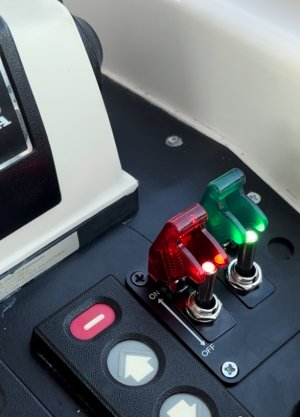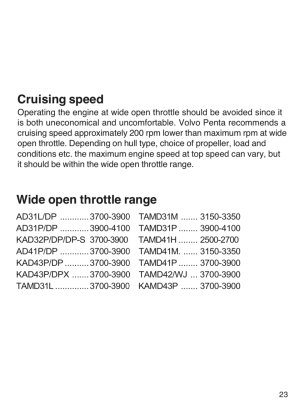New Boater
Member
So I have decided to go a bit “MadMax” with my superchargers and have fitted switches.
I know a few people have fitted a bypass switch that can deactivate but I have gone a stage further due to my Speed Control Box lunching itself.
I have bypassed the speed control box and the kickdown proximity sensors on both engines and will operate the chargers manually.
Switches are in and operate well.
I plan to engage the S/C’s to get up on plane and then drop them out once up (much the same as the controller does) but then not re-engage on the way down or when I am cruising along at a slow speed and don’t want them on.
Will take her out for a run asap and report back.
Will try and post pic of the switches.

I know a few people have fitted a bypass switch that can deactivate but I have gone a stage further due to my Speed Control Box lunching itself.
I have bypassed the speed control box and the kickdown proximity sensors on both engines and will operate the chargers manually.
Switches are in and operate well.
I plan to engage the S/C’s to get up on plane and then drop them out once up (much the same as the controller does) but then not re-engage on the way down or when I am cruising along at a slow speed and don’t want them on.
Will take her out for a run asap and report back.
Will try and post pic of the switches.


